Spiders are fascinating creatures that come in a variety of shapes and sizes. While most spiders are relatively small, there are some species that stand out for their enormous size. In this article, we will explore the top 7 big spider species that will leave you in awe. From the venomous Brazilian Wandering Spider to the impressive Goliath Birdeater, get ready to delve into the world of giant arachnids.
You may also want to know what spider poop looks like.
Here is the top 7 big spider species:
7. Brazilian Wandering Spider
The Brazilian Wandering Spider, also known as the “banana spider,” is not only one of the largest spider species but also one of the most venomous. It has a leg span of up to 6 inches (15 centimeters) and is known for its aggressive behavior. Found in South and Central America, this spider’s potent venom can cause severe pain and even paralysis. It is crucial to exercise caution when encountering this formidable arachnid.
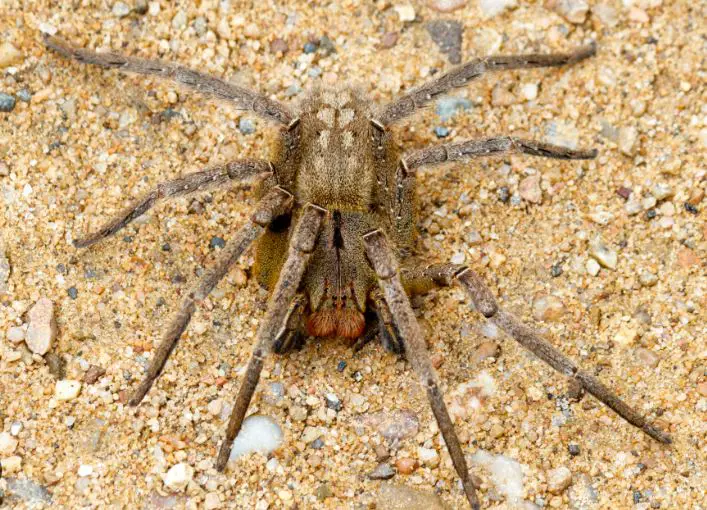
6. Hercules Baboon Spider
The Hercules Baboon Spider, also known as the “goliath bird-eating spider,” is a massive tarantula species found in Africa. With a leg span that can reach up to 9 inches (23 centimeters), it is one of the largest tarantulas in the world. Despite its intimidating size, the Hercules Baboon Spider is relatively docile and feeds primarily on insects. Its name may suggest a diet of birds, but it is a misconception.
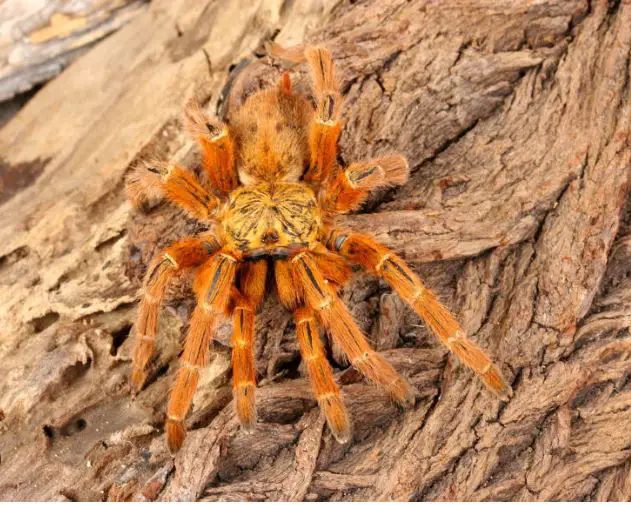
5. Colombian Giant Tarantula
As the name suggests, the Colombian Giant Tarantula is a formidable spider found in the rainforests of Colombia. With a leg span of around 8 inches (20 centimeters), it is one of the largest tarantulas in the world. These tarantulas have a striking appearance, with a dark body and vibrant orange or reddish hairs on their legs. Despite their size, Colombian Giant Tarantulas are generally docile and are often kept as exotic pets.
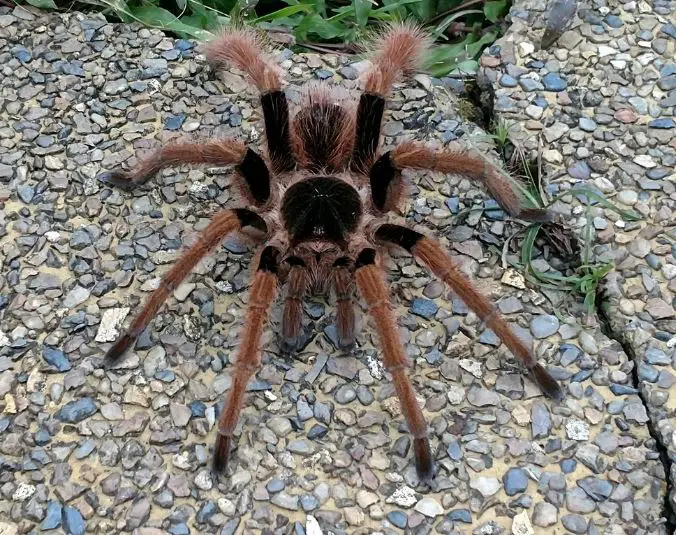
4. Grammostola anthracina
The Grammostola anthracina, also known as the “black” or “gray bird-eating spider,” is a massive tarantula species native to Uruguay, Brazil, and Argentina. It is known for its size, with a leg span reaching up to 9 inches (23 centimeters). Despite its intimidating name, this tarantula primarily preys on insects and other small invertebrates. The Grammostola anthracina is typically shy and will retreat when threatened.
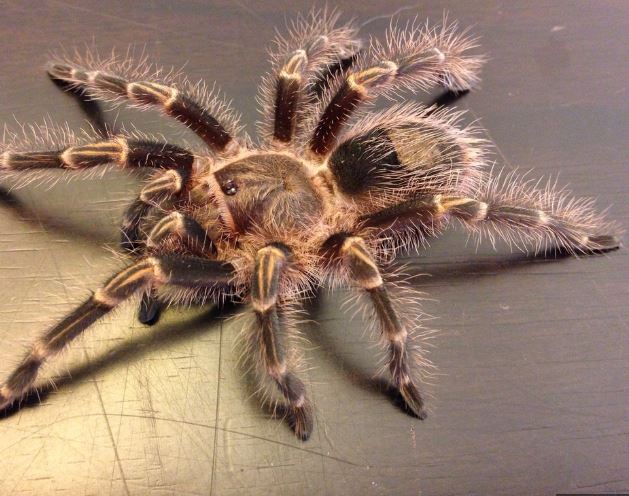
3. Brazilian Salmon Pink Birdeater
The Brazilian Salmon Pink Birdeater, scientifically known as Lasiodora parahybana, is a spectacular tarantula species native to Brazil. It is famous for its impressive size, with a leg span that can exceed 10 inches (25 centimeters). The Brazilian Salmon Pink Birdeater gets its name from its vibrant salmon-pink coloration and its reputation for occasionally preying on small birds. However, its primary diet consists of insects and other invertebrates. Despite its intimidating size, this tarantula is known for its relatively docile nature.
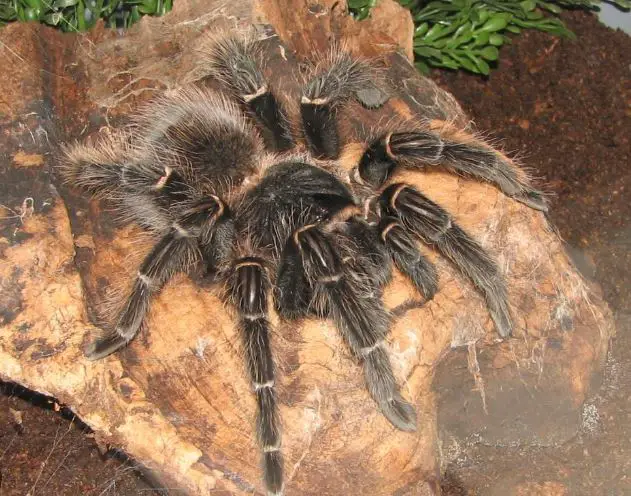
2. Giant Huntsman Spider
The Giant Huntsman Spider, also known as the “Wood Spider,” is a remarkable arachnid that can reach astonishing sizes. It has a leg span of up to 12 inches (30 centimeters) and is known for its incredible speed and agility. Found in warm regions such as Southeast Asia, this spider is known to inhabit tree trunks, caves, and other secluded areas. While its size may be intimidating, the Giant Huntsman Spider is not venomous to humans and primarily hunts insects.
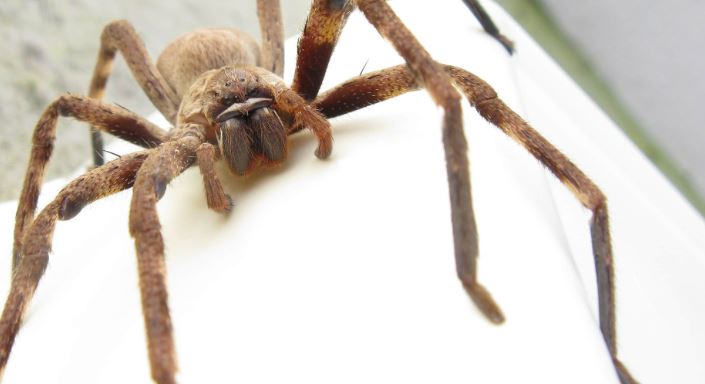
1. Goliath Birdeater
Last but certainly not least, we have the Goliath Birdeater, often regarded as the largest spider in the world. This colossal tarantula, scientifically known as Theraphosa blondi, hails from the rainforests of South America. It boasts a leg span of up to 12 inches (30 centimeters) and can weigh over 6 ounces (170 grams), making it an impressive and formidable arachnid. Despite its name, the Goliath Birdeater primarily feeds on insects, small vertebrates, and other invertebrates. It is known for its impressive fangs and the loud hissing sound it can produce when threatened.
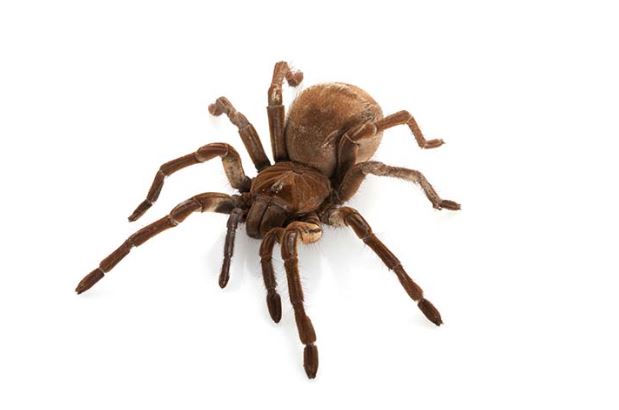
Conclusion
The world of spiders is vast and diverse, and these top 7 big spider species represent some of the most awe-inspiring arachnids. From the venomous Brazilian Wandering Spider to the colossal Goliath Birdeater, these spiders captivate us with their remarkable size and unique characteristics. While some may evoke fear or curiosity, it’s important to remember their crucial roles in ecosystems and their intriguing adaptations. So, the next time you encounter a spider, take a moment to appreciate the wonders of nature’s incredible diversity.
FAQs
1. Are these big spider species dangerous to humans? While some of these spiders may have potent venom, they generally pose little threat to humans if left undisturbed. It’s important to exercise caution and avoid handling or provoking them.
2. Can these spiders be kept as pets? Some of these spider species, such as the Colombian Giant Tarantula and Brazilian Salmon Pink Birdeater, are popular as exotic pets. However, owning them requires proper research, experience, and a commitment to providing suitable care.
3. Are big spiders beneficial to the environment? Yes, spiders play crucial roles in ecosystems by controlling insect populations. They help maintain a natural balance and contribute to the overall health of ecosystems.
4. Do these spiders have natural predators? While spiders do have natural predators, such as certain birds and wasps, their unique characteristics and venomous nature often serve as defense mechanisms against predation.
5. Can these spiders be found in regions outside their native habitats? Some of these spider species have been introduced to other regions either intentionally or unintentionally. However, their presence outside their native habitats can have ecological impacts and is often a result of human activity.